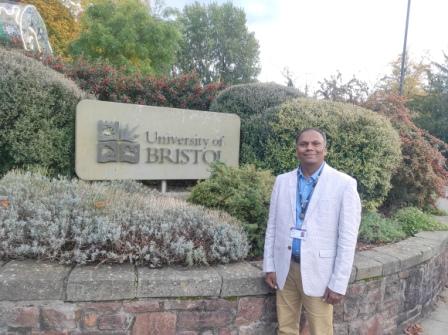Vinayak Kale
In 2021, the Supreme Court of India, drawing on the Indra Sawhney case, invalidated the Maratha reservation. The court had held that the classification of Marathas as a socially and educationally backward class was unreasonable. After that, demand for reservation in both government employment and educational opportunities geared up in Maharashtra. A notable recent instance is the agitation led by Manoj Jarange Patil. Finally, the Maharashtra Assembly passed the bill to grant 10% reservation to the Maratha community in education and employment.
When we talk about reservations, it is important to understand the social hierarchy of our society. The hierarchy is based on caste superiority, so social backwardness in the Indian social system is a consequence of caste status. The Indian social system has been plagued by these inequalities since ancient times. Historically, one’s social status was intricately tied to their caste, a trend that continues today. The Chaturvarna system maintained the highest social position for the upper castes and relegated the Shudras to a lower level. These lower castes were systematically denied educational rights, so they had less representation in education as compared to upper castes. Social reformers recommended that these marginalized groups remedy this injustice by ensuring representation in education.
In contemporary Indian society, the upper castes still continue to hold a privileged position, yet a notable trend has emerged in recent years with an increased demand for reservations from these groups. It is essential to acknowledge that historically, these upper castes were not excluded from the socio-cultural fabric, a reality that persists today. Unlike marginalized communities, they have not experienced systemic discrimination akin to that of untouchables. Despite this, the upper castes have effectively sustained their social dominance within Indian society, reflecting the complexities of caste dynamics and the evolving landscape of demands for affirmative action.
In the current scenario, over 65 percent of our country’s population resides in villages, where Dalits still endure segregated living conditions on the outskirts of Indian villages. Why are they not allowed to live in mainstream society? Are we really living in an equal society? These are some important questions that need to be addressed to bring about structural changes in society. Despite the grand celebration of Amrit Mahotsav of India’s independence, the real problem of caste inequality is still not resolved.
Ensuring the fair allocation of opportunities and rights is paramount for the integration of individuals from specific caste backgrounds into the societal mainstream. When resources are inequitably distributed, the delicate balance of society is disrupted, and the chasm of social inequality widens. Consequently, the imperative of caste-based reservation, rather than relying solely on economic criteria, becomes essential to mitigating this disparity. Even in the contemporary context, socially disadvantaged castes require representation and reservation to the same extent as during the era of Mahatma Phule, Rajashree Shahu Maharaj, and Dr. B. R. Ambedkar. It remains the foremost responsibility of the government to fulfill this crucial obligation.
In a significant address to the Constituent Assembly on November 25, 1949, Dr. Babasaheb Ambedkar underscored the pivotal role of the government in fulfilling its responsibilities. Ambedkar asserted that the effectiveness of the constitution hinges not only on its inherent quality but equally, if not more so, on the integrity of those entrusted with its implementation. He emphasized that even a well-crafted constitution may falter if those responsible for its execution lack honesty. Conversely, a constitution deemed imperfect may yield positive outcomes if implemented by individuals characterized by honesty and integrity.
The implementation of reservations for oppressed and victimized communities represents an endeavor to establish ‘equal justice’. Drawing inspiration from the renowned American philosopher John Rawls, who introduced the ‘Fundamental Concept of Justice’ in the 1980s, his work ‘A Theory of Justice’ articulates the principle that equal opportunities should be extended to the least privileged individuals across all sections of society. According to Rawls, if societal inequality serves the overall benefit and stems from positions of authority and social status, these positions should be accessible to everyone. The question arises: when will India, with its ideal of ‘unity in diversity’, achieve a system that truly embodies equality?
The real motive of constitutionalists was not solely focused on enhancing the economic conditions of the poor through the provision of representation (reservation), but on empowering socially marginalized groups. It is crucial to note that numerous initiatives for poverty alleviation are already in place through both central and state government programs. Given this context, the question arises: can reservation truly be regarded as a comprehensive solution to address all societal challenges?
~~~
References
- A Theory of Justice ( 1971) John Rawls
- B.R. Ambedkar’s Concluding remarks in the Constituent Assembly on Constitution on November 25, 1949 accessed from https://prasarbharati.gov.in/whatsnew/whatsnew_653363.pdf
- https://indianexpress.com/article/opinion/columns/maratha-reservation-supreme-courts-verdict-caste-inequality-7344690/
- https://www.livelaw.in/top-stories/maratha-quota-in-excess-of-50-ceiling-limit-unconstitutional-supreme-court-173617
~~~
Vinayak Kale is pursuing his PhD in Education at the University of Bristol. You can reach him at vinayak1.com@gmail.com.








